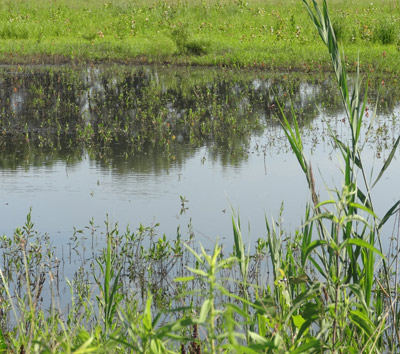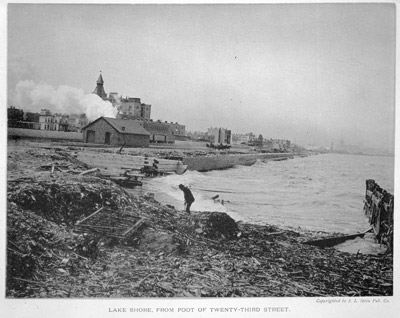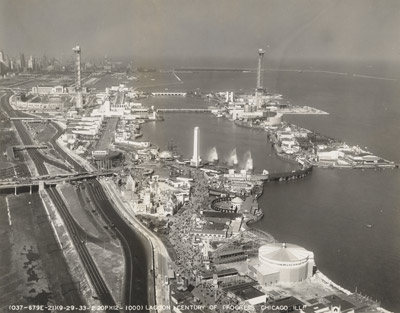The Boardwalk

Back to The Boardwalk
Back to The Boardwalk
Habitats lost
All of the land surrounding Navy Pier is man-made. In fact, almost everything from about Michigan Avenue to the lake was created with landfill, dirt, and ash. New downtown real estate has added miles of parkland and made it easier for boaters and anglers to access the shore. But it also displaced nearshore habitats important to the overall health of the lake. In fact, nearly every aquatic species in Lake Michigan either spends a portion of its life in shallow water or feeds on species that do. Nearshore habitats like wetlands and beaches also trap contaminants that might otherwise pollute the lake.
The Chicago shoreline has undergone several habitat restoration projects over the last few decades. Farther out into the lake, an artificial reef is helping boost the populations of fish critical to the Lake Michigan food web, such as smallmouth bass, yellow perch, and alewife. Trees and plants near the water's edge and in nearby parks provide much-needed habitats for the millions of migratory birds that pass through Chicago in the spring and fall. One of the largest reconstruction projects in the city's history broke ground in 2012 at Northerly Island, just south of Museum Campus. There, a former airport is being transformed into woodlands, prairies, and wetlands.
The Chicago shoreline has undergone several habitat restoration projects over the last few decades. Farther out into the lake, an artificial reef is helping boost the populations of fish critical to the Lake Michigan food web, such as smallmouth bass, yellow perch, and alewife. Trees and plants near the water's edge and in nearby parks provide much-needed habitats for the millions of migratory birds that pass through Chicago in the spring and fall. One of the largest reconstruction projects in the city's history broke ground in 2012 at Northerly Island, just south of Museum Campus. There, a former airport is being transformed into woodlands, prairies, and wetlands.


